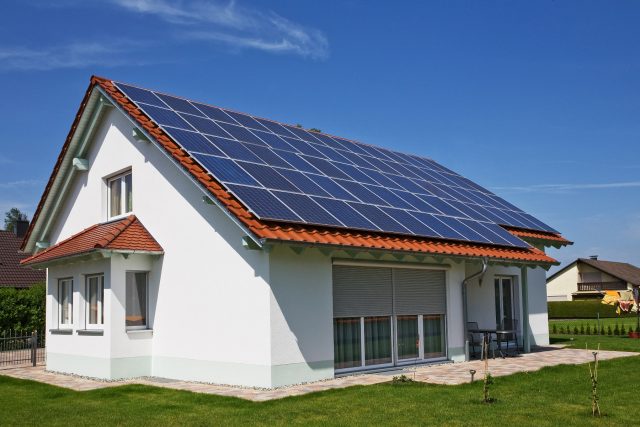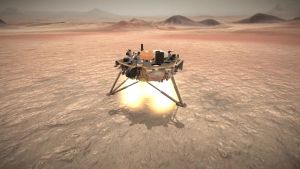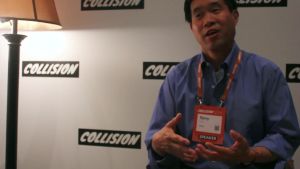Solar For Your Home – Big Saving

HOT TOPIC —
Rooftop solar could save utilities $100 to $120 per installed kilowatt
Solar can help avoid costs for utilities, which is both good and bad for them.

When you install rooftop solar panels, the electricity you create cuts into the amount of electricity the utility must provide to meet your needs. Add up the reduced demand of all the homes with solar panels, and you’ve got a pretty sizable amount of electricity that’s no longer needed.
Researchers from Carnegie Mellon and the National Renewable Energy Laboratory (NREL) quantified that reduced demand and found that solar panels installed between 2013 and 2015 in California saved utilities from having to purchase between $650 million and $730 million dollars’ worth of electricity. Those avoided purchases create slack in demand, pushing wholesale prices lower.
ARS TRENDING VIDEO
Arial Footage of Ariane 6 Launch Pad Construction
The paper is location-specific and draws on historical electricity prices to find how much money rooftop generation saved utilities. In California, there are three major utilities: Pacific Gas and Electric (PG&E), Southern California Edison (SCE), and San Diego Gas and Electric (SDG&E). These utilities buy electricity through CAISO, or the California Independent System Operator, which aggregates wholesale prices from a diverse array of energy companies that run fossil fuel-burning generators and also manage solar, wind, and hydro plants.
Utilities can buy electricity for the coming day (known as the day-ahead market) or in real time if they need more electricity than they’ve purchased the day before. Lower demand for electricity leads to lower prices in the day-ahead market.
The paper notes that 95 percent of energy purchases are made in the day-ahead market, as opposed to the real-time market. Utilities often look at weather forecasts and other indicators and estimate how much electricity they’ll need. Got a heat wave coming on a Monday when everyone will be working and blasting the AC? You’ll need to buy a lot of electricity.
Where the magic happens
But if utilities see drop-offs in the amount of electricity they need to serve a community, they’ll be able to avoid costs by buying less. Of course, these savings are only short-run savings. Market forces tend to eat away at savings in the long run, so this isn’t something utilities will be able to enjoy forever. In this case, buying less electricity means that the power providers with the highest marginal costs will start to retire, because competitors that produce electricity more cheaply sell their product first.
This is already happening in California with nuclear plants and older gas plants and in other places around the country with coal-fired plants. When major power producers retire, that often means prices for electricity go up, because there’s less supply to go around. However, this effect is not noticeable yet given the current boom in natural gas and utility-grade renewable development. This recent paper doesn’t attempt to see that far out into the future, however, and the paper’s authors recognize that $650 million in savings is unlikely to remain constant.
In the short run, however, the $650+ million in electricity that utilities didn’t buy between 2013 and 2015 from power producers translates to a savings of $100 to $120 per installed kilowatt (kW) of rooftop solar PV. (For context, a standard solar panel system on a California home between 2013 and 2015 was between 2 to 10kW.)
In addition, rooftop solar occasionally reduced hourly median wholesale electricity prices by as much as $3.10 per megawatt-hour (MWh). The hourly price reductions are more prominent in the summer than in other seasons, in part because solar panels are producing more electricity but also because prices for electricity are higher as the state’s residents turn on their air conditioners.
This kind of analysis isn’t just interesting trivia: it’s another piece in the puzzle to help market regulators and policy makers understand the value of rooftop solar panels. Rooftop solar offers a number of benefits: it can defer certain types of infrastructure upgrades, reduce the impact of blackouts, improve air quality, and reduce greenhouse gas emissions. Rooftop solar also triggers costs for utilities like higher grid integration costs, and in areas where net-metering is allowed, solar panels incur costs for the utility in credits offered to retail customers.
This new paper offers a look at one of the lesser-studied economic benefits of solar panels. A better understanding of how much utilities save on wholesale costs in the short run offers policy makers and market regulators a better picture of how this new form of electricity generation impacts a complicated system like an electric grid.
Energy Policy, 2018. DOI: https://doi.org/10.1016/j.enpol.2018.05.061 (About DOIs).













